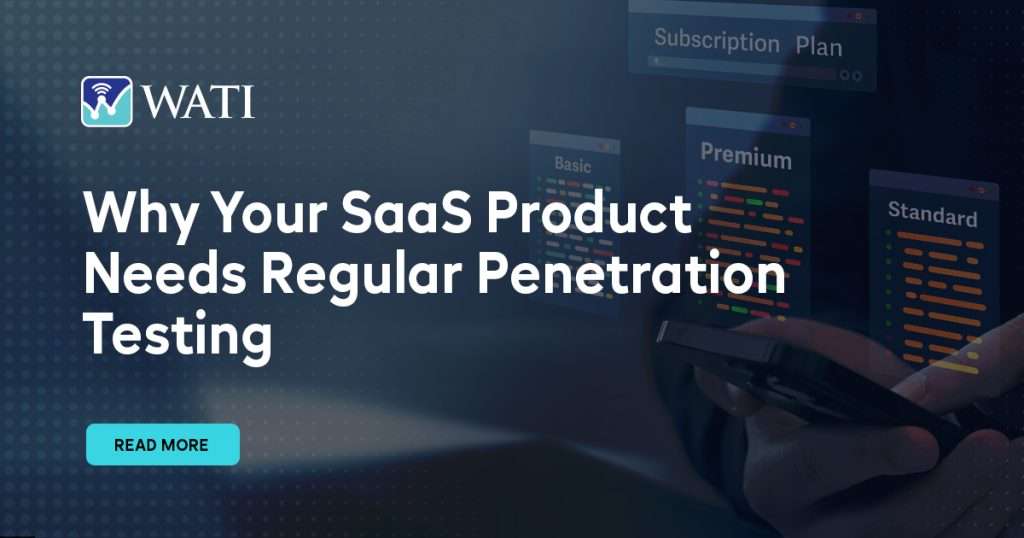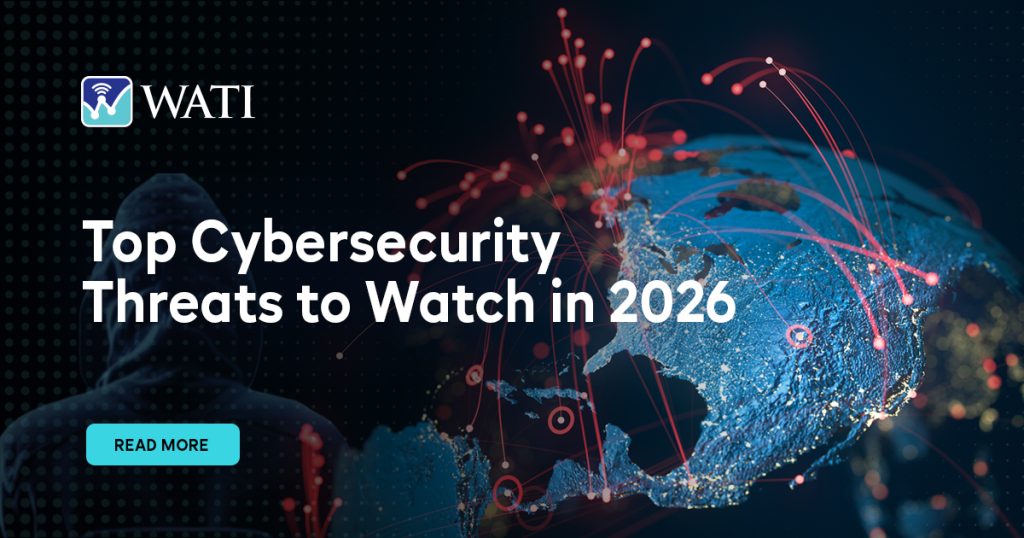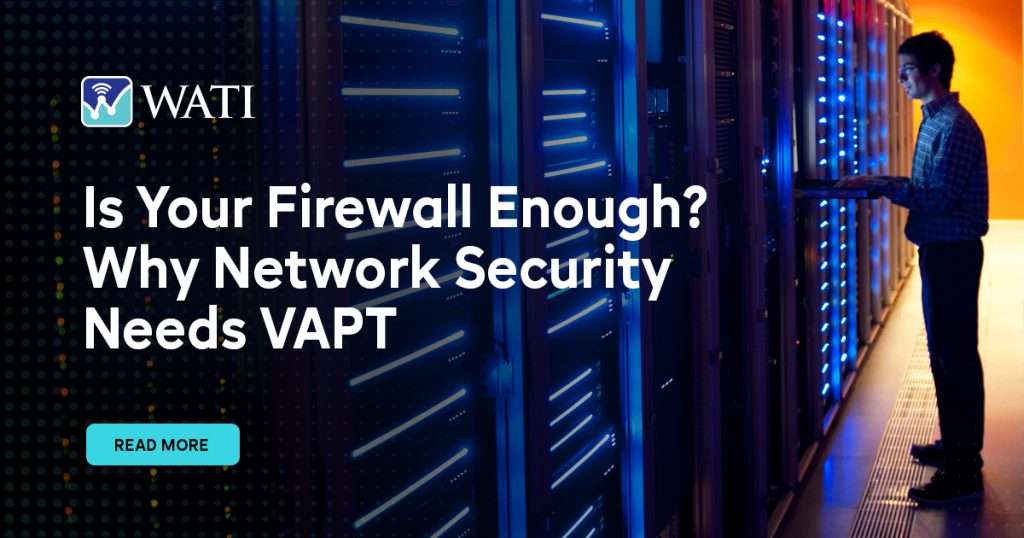You have been working diligently with your team to create a software application and it is in the final stages of development. While the whole team is working day and night to bring the project to fruition you suddenly find yourself unable to access the data. You see a notification on your screen demanding you to pay up in order to access the files. Well, you may not have experienced this yet, but it could very well turn into a reality if you are not prudent enough. Ransomware attacks have been a bane for individuals and organizations alike over the past few decades, with 2022 seeing the highest number of incidents recorded so far.
What is a Ransomware Attack?
Ransom malware, also known as ransomware, is a form of malware that blocks users from accessing their system or data and threatens to remove them permanently. The system could be accessed, or the data could be recovered only when the victim accepts the demands set by the ransomware authors. Ransomware usually threatens with monetary demands which need to be paid in order to recover the inaccessible data. While the earliest forms of malware demanded payment through snail mail, payment today is done via cryptocurrency or credit card. Anyone can be a target of a ransomware attack — from individuals and small businesses to large corporations.
Ransomware is also sold as a service in the form of a platform or tool by ransomware authors to other bad actors. This is known as malware-as-a-service, which is shared as a tool or a platform by underground vendors to other cybercriminals. An example of such a service would be BlackCat ransomware.
How Does Ransomware Get into Your System?
In order to successfully implement a ransomware attack, a threat actor must first access a network or a device. A successful infiltration allows them to then exploit the malware to encrypt and block the device and data. Ransomware authors infiltrate a system in several ways.
Malspam
Malspam is a way of accessing a user’s system through spam. Here, a spam email containing malicious attachment is sent to many individuals, expecting some of them to “take the bait” and click on the attachment. The attachment carries the malware along with other booby-trapped files such as word documents, PDFs, or other malicious website links.
Malvertising
Malvertising or malicious advertising is the distribution of malware through online advertising, with hardly any user interactions. When users browse a website, even legitimate ones, they may get automatically directed to criminal servers. The user does not even to click on any ad to be a victim of such malware. These servers record computer and location details and decide on the malware that best works on the system.
Spear Phishing
Spear phishing is used to target victims more specifically. This may be executed by sending emails to employees of an organization addressed as the CEO, asking them to participate in a survey. It could also be in the form of an email from the HR asking to download an attachment. Sometimes, spear phishing may be targeted towards high-level executives of the organization such as the CEOs and other decision-makers, in which case it is specifically known as “whaling”.
Social Engineering
Social engineering is tactic used to trick people into opening an attachment or clicking a link, posing as a legitimate institution or individual. An example of social engineering would be acting as the FBI to extort money from users or force them to open a specific file. Malvertising, malspamming, and spear phishing are also all different forms of social engineering.
How Can You Protect Your System from Ransomware?
As the saying goes, prevention is certainly better than cure. Ransomware detection is the first and the most important step in protecting yourself and your business against unprecedented attacks. It is always better to detect ransomware before it can cause harm to your system.
Ransomware protection can be successfully implemented by adopting a few strategies and practices in your daily life.
- Educate users
Train users on the ways to stay constantly vigilant. Always be on the lookout for any unusual activity such as suspicious emails or attachments that could potentially carry ransomware. This helps dodge the risks of social engineering. - Create backups
Perform regular backups of your critical data. Encrypt and isolate the backup data in an inaccessible device and location that is safe from network breaches. - Update regularly
Avoid vulnerabilities in your network, computers, and mobile devices by installing patches and updating them regularly. - Invest in effective cybersecurity
Having a good ransomware attack solution in place ensures you are safe from ransomware attacks as they offer multi-layered protection. - Segment networks
Controlling the traffic and limiting the connectivity between various networks and subnetworks by dividing them blocks authorized lateral movement.
How to Respond in Case of a Ransomware Attack?
In the event of an attack, there are a few steps that can be taken to help with ransomware recovery.
- Identify the infected device and isolate it by disconnecting it immediately from existing networks.
- Look for any backups that are available for the encrypted or locked data.
- Identify the type of ransomware and check for any decryptors that could unlock the data.
- Remove the threat from the system by using a remediation security product. This may not restore your lost files but will have the ransomware removed from the system.
- Paying the ransom is not usually recommended as it encourages cybercriminals to launch further attacks unless there are no other options available to retrieve the lost data.
Ransomware attacks have become a cause of great concern both for individuals and organizations alike. An example of such an incident from the recent past would be the Kronos ransomware attack. Ultimate Kronos Group, a popular HR services provider was targeted by a ransomware attack on December 13, 2021. The organization that provided its platform to companies like Tesla and Puma and several government agencies was hit by a devastating ransomware attack. This impacted the services of several businesses for a significant period of time, with their respective HR teams struggling to deal with the attack.
It is always wise to stay one step ahead and avoid the pesky business of dealing with such attacks by setting up a ransomware attack solution and staying cautious at all times while managing your data and communications online.



